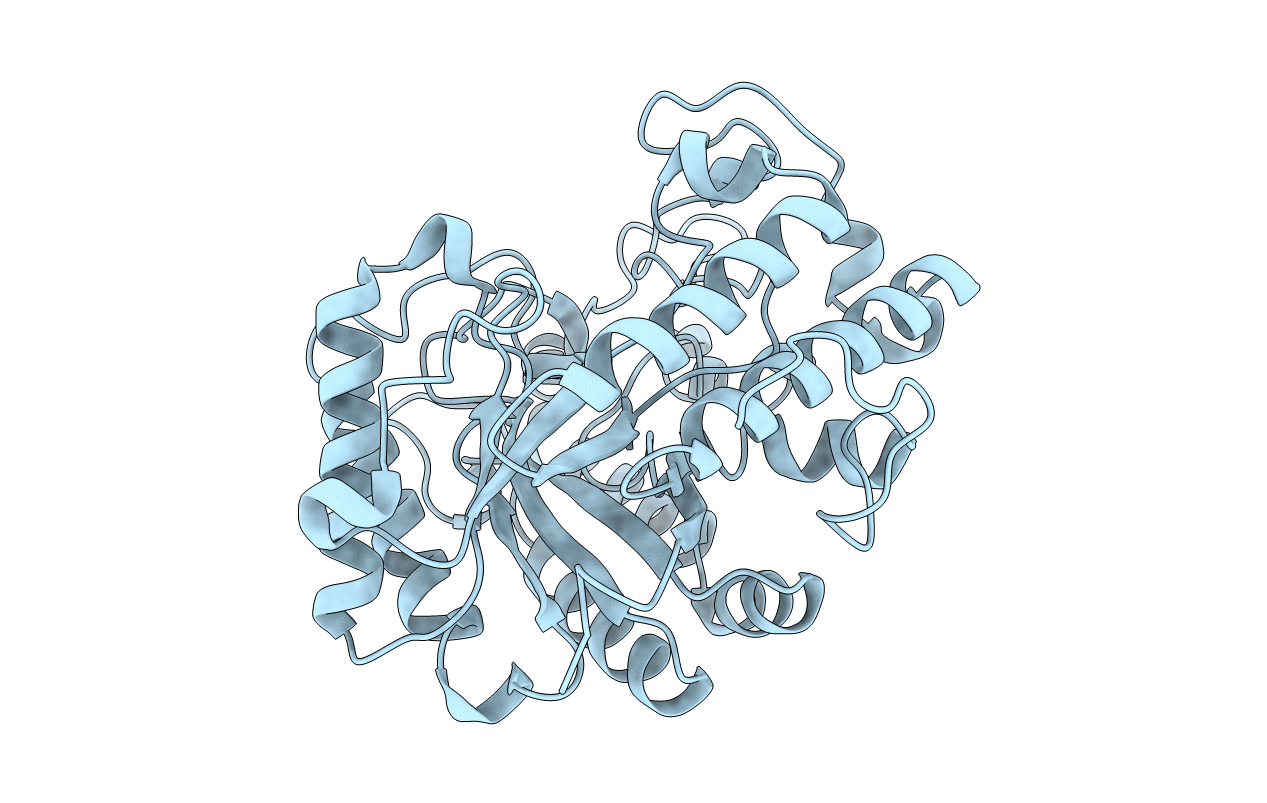
Deposition Date
2000-04-05
Release Date
2001-02-28
Last Version Date
2024-10-30
Method Details:
Experimental Method:
Resolution:
1.90 Å
R-Value Free:
0.19
R-Value Work:
0.15
R-Value Observed:
0.15
Space Group:
P 21 21 21


